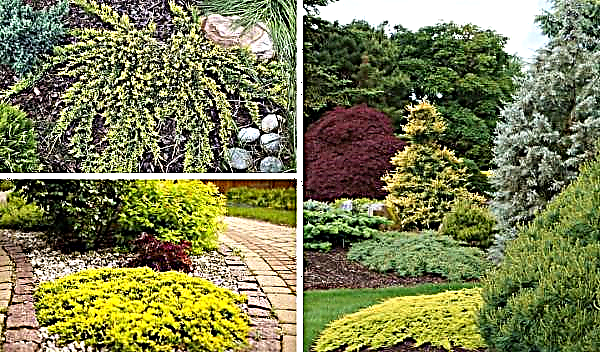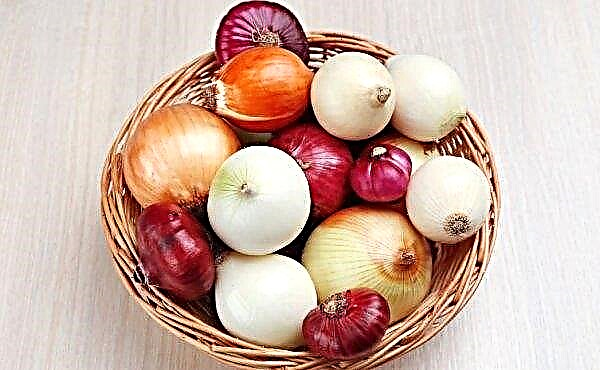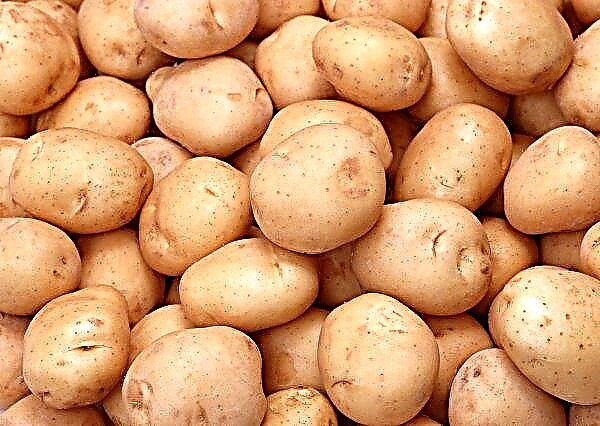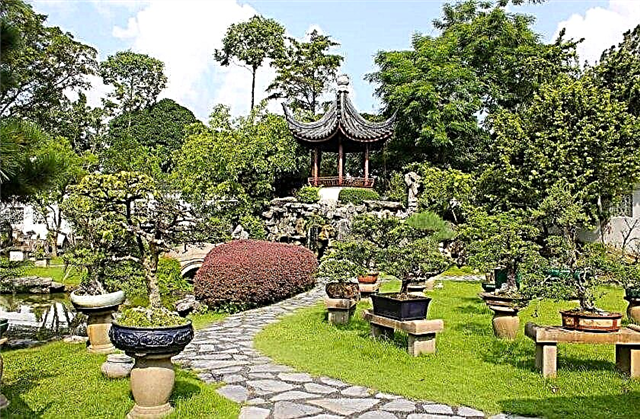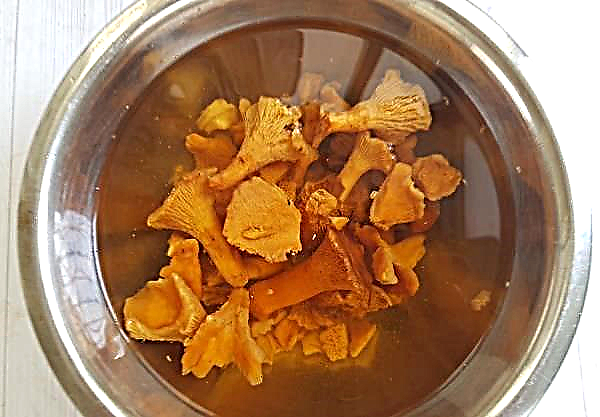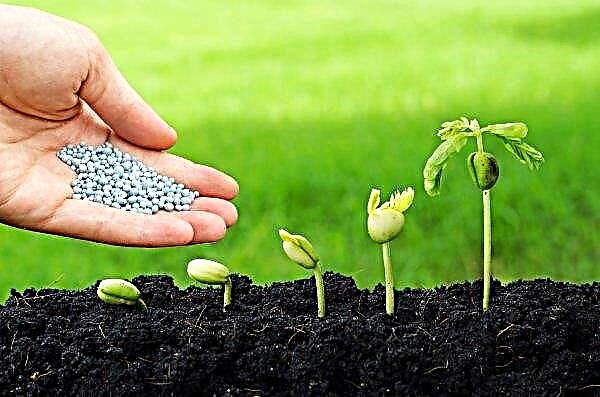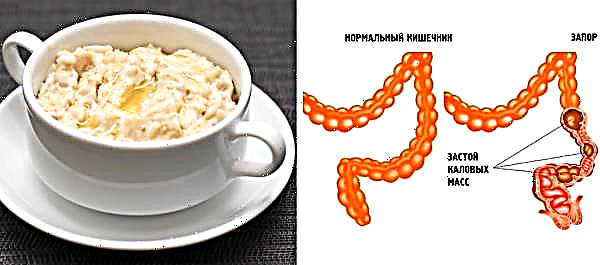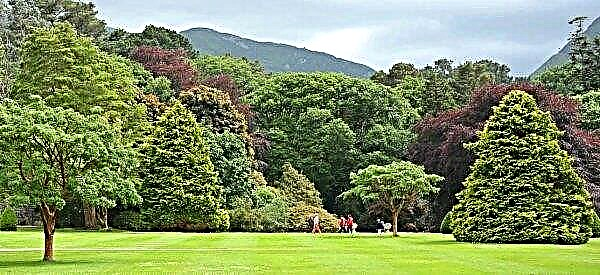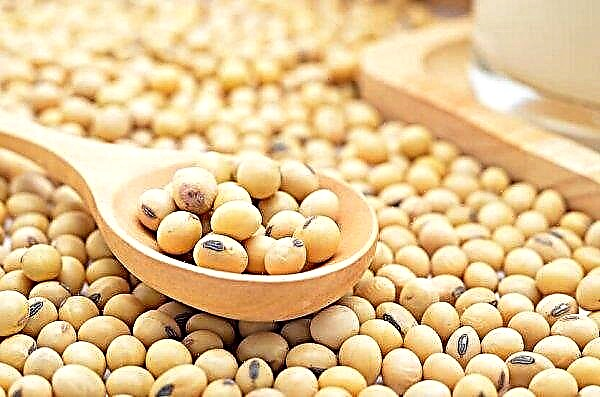The beauty of bright greenery, flowering in the form of stars, red / white bead-berries - this is what attracts in the home bush of ardisia. In order for this amazing flower to grow, constantly bloom and bear fruit, it is necessary to take into account the specifics of caring for it and the conditions of its life in the home environment. Read about it later.
Botanical description of the plant
Ardisia is a woody tropical primrose, a type of evergreen shrub-shaped plant that grows very slowly, blooms relatively long in the summer, with small white or light pink flowers and begins to bear fruit in the form of red or white balls in December. flowering. The classic version is coral ardisia, white - a decoratively grown species.
Place of birth - subtropics. It attracts with smooth evergreen leathery leaves that are arranged in tiers. According to various sources of ardisia, there are from 250 to 900 species.It is common in the tropics and in areas with a temperate-warm climate of Asia, Australia, America. The maximum flower height can reach 100 cm.
| Root system | developed, strong, circular, on small roots - pale beige, and stem roots - burgundy and brown |
| Stem | vertically located, up to 40 cm long |
| Leaf shape | elongated, oval with chopped-rounded edges |
| Leaf color | emerald |
| Flower shape | in the form of a star with 5 stamens, 5 oval petals pointed in the center to the base of the edge connected by an umbrella |
| Flower color | white pink |
| Fruit shape | single seed balls |
| Fruit color | Red White |
| Fruit flavor | bitter |
House growing conditions
To grow a flower at home, you need to create comfortable conditions. Sometimes it happens that ardisia does not take root. No need to think that this is due to improper care, most likely, you have taken root a poor-quality representative of this class. But certain rules for a healthy plant life must be observed.
Important! At ardisia along the edges of the leaves are nodular thickenings (swellings), which are similar to diseases. They are involved in the supply of nitrogen and beneficial components. They must be protected and in no case cut, because this can adversely affect the growth of the plant, and it can even die.
Location
Ardizia is not capricious, but it is advisable to place it on the eastern or southeastern side of the windowsill, because it prefers brightly scattered light. On the south side of the windowsill, the flower needs to be shaded.
On cloudy days, you can give extra light and protect from drafts, and on sunny days - protect the flower from direct sunlight.
Temperature
The ideal temperature in spring and summer will be +19 ... + 23 ° С, in winter no lower than + 15 ° С. The minimum temperature is + 10 ° C. Maintaining the temperature affects the longevity of the flower, the flowering processes and fertility.
Air humidity
The number of flowers will be scarce if the plant is warm in winter. Also, the berries do not tolerate hot, dry air, in which case they quickly dry and crumble. Dry air, drafts lead to the propagation of unwanted pests: scutes, felt, etc.
Constant sprinkling prevents spider mites. However, it is not recommended to spray when the flower blooms or has fruit. To moisturize, you should wipe the leaves in moderation with a wet rag, otherwise they will turn yellow and their tips blacken, resulting in leaves falling off.Did you know? In America, ardizia is one of the symbols of Christmas.
Home Care
Those who grow ardisia at home should constantly take care of the plant.
Consider an integrated approach to caring for plants in blocks:
- watering;
- top dressing;
- pruning
- transfer.
Watering
Ardizia should be watered regularly, but not abundantly and necessarily with standing water. Before watering, it is better to loosen the ground. If ardizia grows in a ceramic pot, then you need to water more often than if in a plastic pot. In summer, late spring and early autumn, it is better to water the flower in the evening, and in winter, late autumn and early spring - in the morning and afternoon.

The moisture of the earth is maintained by the protected water (room temperature). In spring and summer, you need to water more often because of drier air and solar influence on the plant.
If the flower begins to fade, the leaves begin to sag, then it is necessary to water it immediately. The hotter the air, the more fluid the flower needs.
Errors when watering ardiziya:
- The lack of volume of water, if the leaves quickly dry out, turn yellow, fall off, the stalk withers, the flowers fall off.
- Too much water, if the leaves and stem rot, the flowers and leaves are mold, the lower leaves turn yellow.
Did you know? Ardizia is believed to be — a magic symbol from the evil eye and has a strong energy, prolongs the life of the owner, gives strength.
If you are not at home and you are worried about watering ardizia, you can choose the option of enrichment with moisture convenient for you:
- Wrap the earth with a damp cloth.
- You can put one end of a woolen thread in a pot, and the other in a container of water.
- Creating greenhouse conditions: put a flower in a bag, put pebbles under the pot, water the plant well, tie the bag loosely.
- Pour more water into the bowl under the pot.
Top dressing
In winter, you do not need to feed the flower. Fertilizing the plant is required from spring to autumn twice a week (or two weeks) with a variety of complex top dressings:
- To maintain plant health - universal top dressing.
- For saturation with leaf minerals - foliar / leaf top dressing.
- To increase the amount of greens on a flower - nitrogen fertilizers (up to 20% of the total fertilizer mass).
- To strengthen the root system and strengthen the plant - phosphorus-potash fertilizers.
- Increased longevity and immunity to plant diseases - micronutrient replenishment: magnesium, iron, copper, etc.

There are several types of fertilizer on the basis of time:
- Premature (long washed minerals).
- Systematic (regular saturation with useful substances).
- Urgent (in case of a sharp shortage of some substances).
Ardizia fertilizer rules:
- Follow the instructions. Do not experiment on your own.
- Fertilize moist soil to avoid burns.
- There is no need to fertilize a newly transplanted plant.
Pruning
This species of plants lends itself to formation, therefore, it can be grown not only with a bush, but also by trimming it can be stamped: leave the greens at the top and the berries at the bottom.
Trim ardisia for:
- creating a certain form;
- rejuvenation;
- health improvement;
- foliage overgrowth;
- creating ply, symmetry;
- flowering stimulation;
- decorativeness;
- obstacles to its growth up / in breadth.
This must be done in early spring. Young shoots that grow from the main crown of the bush are systematically eliminated before flowering. The plant begins to bloom in late spring.
Important! Do not decorate the nursery with ardisia: glossy beads may interest the child and he will want to try them. The berries are bitter and their effect on the human body has not been completely investigated.
There are such types of pruning:
- Sanitary (elimination of dry or diseased shoots to neutralize the development of bacteria and pests).
- Anti-aging (stimulating the growth of new shoots, leaves and saturation with air).
- Decorating (forms the shape of the plant).
Recommendations for trimming ardisia:
- First, analyze whether the plant needs it, whether it will harm it. Explore the location of old leaves, peduncles, unproductive shoots.
- Cutting devices should be as sharp as possible.
- Disinfect tools, hands, surfaces.
- Cut the shoot to a healthy tissue.
- Treat all plant sections, for example, with charcoal, and disinfect.
- After trimming, be sure to feed, water the plant.
Transfer
The transplant is carried out by transshipment (without destroying the soil and root system) in the spring 1 time per year if it is a young plant, and once every 5 years if the plant is an adult. If necessary, if the flower is closely in the pot, a transplant can be done earlier than in a year.
Due to the fact that root nutrition occurs with top dressing from mushrooms, you can not wash the roots of the plant during transplantation.
The pot is selected a little more, a drainage substrate is placed at the bottom. If you take too large a pot for transplant, ardisia will not bloom for a long time.
Soil suitable peat soaked in air. You can add coconut fibers and sawdust to it. Be sure the soil must contain river sand. Acidity and alkalinity are average.
Breeding
Reproduction of ardisia is of two types: seeds that are sown in the spring, and cuttings. Each has its own specific procedure. The methods are not easy. It is much easier to buy a finished seedling. But for those who want to carry out the process on their own from start to finish, you need to take into account the rules below.
Seeds
This method is easier than grafting. However, flowering ardisia will occur after at least two years.
Seed propagation process:
- Gathering the largest fruits (10–100 mm) in January, pulling out a bone and planting it in soil 1 cm deep.
- The hard bone is filed and does not last very long in the solution, which stimulates its growth.
- The pot is covered with a film or glass.
- The temperature is constantly maintained in the range of +17 ... + 20 ° С. To make the seeds germinate faster, it is better to put the pot in a warm place from + 25 ° C and above.
- The flower will begin to germinate in 30–35 days.
- Sprouts are planted in a tank with soil one at a time.
- After 1-3 years, ardizia sprouts and begins to bloom.
Important! In Chinese medicine, a decoction of the berries of this plant is used as a cure for infections, diseases, snake bites and insects.
Cuttings
For a faster flowering result, ardisia is cut.
This process is difficult and lengthy, but much more efficient:
- In the spring-summer period, the top of the shoot is cut off and placed for 2-3 days in a solution stimulating growth.
- The temperature is maintained warm: +25 ... + 28 ° C, the lighting is plentiful.
- Rooted cuttings are transplanted into a pot with a diameter of 5-10 cm, depending on the development of the cuttings.
- The planted stalk is regularly watered and fertilized.
- The following spring, ardisia are transplanted into separate pots.

Choose the most suitable breeding option for yourself and follow the instructions.
Growing difficulties
Growing ardisia can be complicated by various problems.
You need to deal with them in a way that is appropriate depending on the problem:
- Leaves fade, stains appear - hide the flower in a shaded place.
- Leaves turn yellow - humidify the air, feed.
- Leaf edges darkened - eliminate drafts, reduce water saturation.
- The edges of the leaves brightened - reduce the excess of sunny color.
- Leaves are soft, frail stems - provide heat to the flower, insulate the flower at night.
- Leaves fall - reduce watering, feed.
- Root rot - reduce watering, transplant, remove rotten roots, feed.
- Parasites: mealybug, spider mite, scale, aphid - apply insecticides, treat stems and plants, remove pest gloves with a damp cloth or soap-soaked cotton pad.
- Ardisia is not blooming: increase air humidity.
- Loses buds, berries - eliminate drafts, cold.
Ardizia is unpretentious and appreciated because of its decorativeness throughout the year. If you make the right care for ardisia at home, it will bear fruit all year round.

